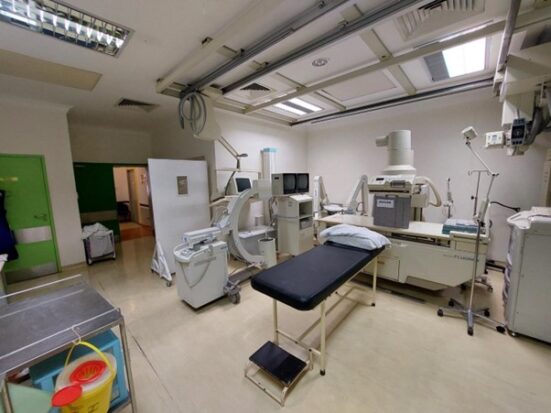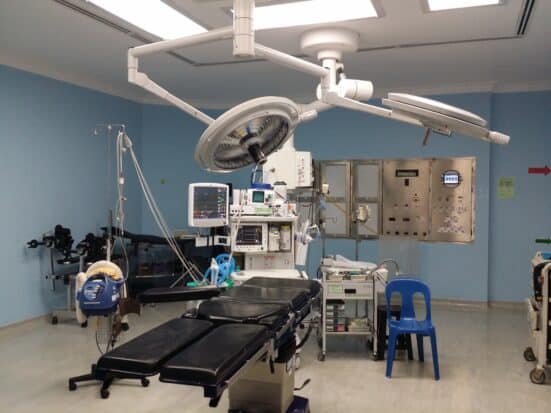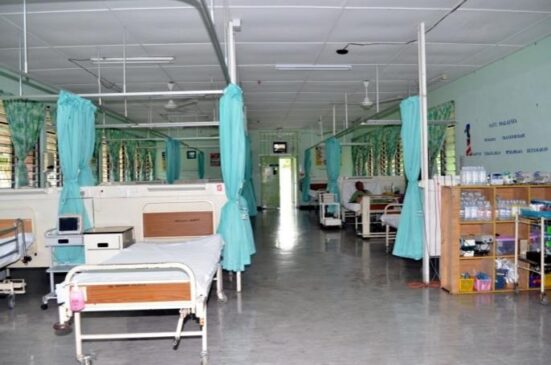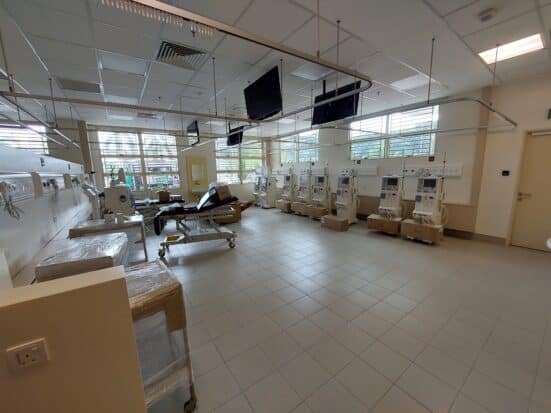Urbanization is the process of cities expanding as more people move from rural areas to urban areas. As cities grow, they face new challenges, especially in providing adequate healthcare. The goal of resilient and sustainable urbanization is to create cities that can withstand adversity and provide their citizens with a good standard of living, which includes access to healthcare. This essay aims to investigate how resilient and sustainable urbanization might enhance healthcare facilities, increasing their efficiency, adaptability, and accessibility.
Sustainable urbanization means planning and managing city growth with an eye toward the long-term impacts on the environment, economy, and society. For healthcare facilities, this means:
- Energy Efficiency: Lighting, heating, cooling, and medical equipment utilize a lot of energy in healthcare facilities. Sustainable urbanization encourages the use of energy-efficient systems, such as solar panels and LED lighting, which reduce energy consumption and costs.
- Water Conservation: Hospitals use large amounts of water for cleaning, sterilization, and patient care. Sustainable practices include rainwater harvesting and water-efficient fixtures to reduce water waste.
- Waste Management: Hazardous materials are among the many wastes produced by hospitals. Sustainable urbanization promotes proper waste segregation and recycling, reducing the amount of waste that ends up in landfills and ensuring that hazardous waste is disposed of safely.
- Green Spaces: Adding green areas, such as gardens, to healthcare facilities can enhance the quality of the air, reduce stress for staff and patients, and create a tranquil recovery zone.


On the other hand, Resilient urbanization means designing cities that can withstand and quickly recover from disasters like floods, earthquakes, or pandemics. For healthcare facilities, resilience is crucial because they need to remain operational during emergencies. This includes:
- Emergency Preparedness: Hospitals need to have strategies in place for a variety of emergencies, such as disease outbreaks and natural catastrophes. This includes having backup power supplies, emergency medical supplies, and evacuation plans.
- Flexible Spaces: Healthcare facilities should have adaptable spaces that can be quickly converted for alternative functions during emergencies. For instance, a conventional ward can be turned into an intensive care unit (ICU) if needed.
- Robust Infrastructure: Structures must be designed to endure natural calamities. This includes using materials that can endure extreme weather and ensuring that critical systems like water and electricity have backups.
- Telemedicine: This is essential during emergencies when people might not be able to go to hospitals. This involves using technology to provide medical consultations and services remotely.
Technology plays a significant role in both sustainable and resilient urbanization. For healthcare facilities, this includes:
- Electronic Health Records (EHRs): EHRs make patient information accessible to doctors regardless of where the patient is treated, improving the efficiency and coordination of care.
- Smart Systems: Smart systems control lighting, heating, and ventilation, reducing energy consumption. They can also track the condition of the building structures and forecast when maintenance is needed.
- Data Analytics: Healthcare institutions can react promptly to medical emergencies by using data to forecast illness outbreaks and use resources more effectively.
- Automation: By handling routine tasks like cleaning and medicine delivery, robots and automated systems can lessen staff workloads and minimize human error.


Lastly, community engagement is essential for sustainable and resilient healthcare. This entails:
- Raising Public Awareness: Educating the public about health issues, emergency procedures, and sustainable practices ensures that people know how to respond to emergencies and take care of their health.
- Feedback Mechanisms: To continuously improve services and adjust to changing demands, healthcare facilities should have mechanisms in place to collect feedback from staff and patients.
- Local Partnerships: Healthcare facilities can obtain the resources and support required to develop resilient and sustainable practices by collaborating with local businesses, nonprofits, and government agencies.
Resilient and sustainable urbanization is essential to the future of healthcare facilities. By integrating energy efficiency, water conservation, waste management, emergency preparedness, and technology, healthcare facilities can provide better care for their communities while reducing their environmental footprint. As cities continue to grow, these practices will become increasingly important in ensuring that healthcare facilities can meet the needs of all residents, regardless of the challenges they face.
By Ts. Dr. Josilva a/l M. Muniandy
Edited by Ts. Nur Suzana Adlizan Jasni


